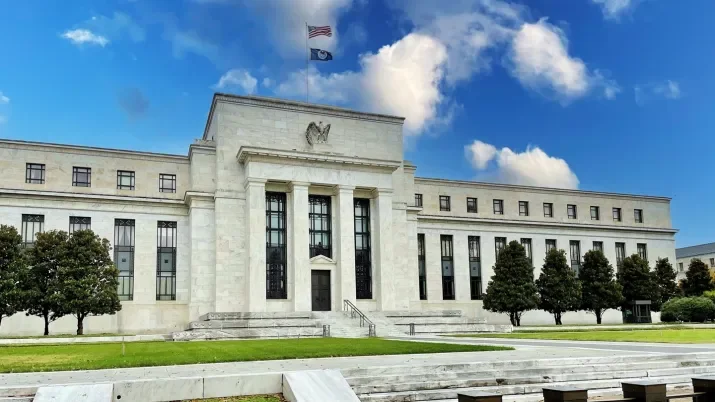Low issuance – a sign of strong fundamentals?
US high yield bond issuance totaled a mere $4.0bn in May, the third lightest month post the Global Financial Crisis; with only August-2011 ($1.2bn issuance) and December 2018 ($ zero issuance) experiencing lower new issue flow. Year-to-date USHY issuance has been just $67.4bn, or $36bn ex-refinancing, down 76% and 61% year-over-year respectively, the slowest start to a year since 2009. Whilst this is not overly surprising given the heightened level of uncertainty this year, there are several factors to why gross supply is expected to remain subdued over the remainder of the calendar year, which should lend additional technical support.
Firstly, over the past couple of years the USHY market has experienced very heavy supply, with $450bn and $483bn pricing in 2020 and 2021 respectively. To put this into context, the yearly average since 2011 has been just $335bn. The most prominent use of proceeds within USHY new issues has been refinancing, which historically makes up ~60% of primary market activity. Through 2020 and 2021, the HY market opportunistically refinanced $587bn as market conditions made it incredibly attractive for firms to manage their debt profiles by extending out their maturities, reducing their interest expenses and building up robust cash positions. Combined with loan refinancing activity, total refinances reached $1trn in 2020 and 2021 placing HY corporate liquidity in a resilient position.
Due to this refinancing, there are just $114bn of bonds maturing in 2022 and 2023 (only ~8% of the market value of the USHY universe), which rises to $224bn in 2024, $458bn in 2025, and $519bn in 2026, meaning most issuers can be patient and selective when it comes to managing their capital stacks over the short to medium term. Moreover, a decade low $39bn of HY bonds are callable within the next year and trading above or within $1 of its call price. This is down from a record high $342bn at the start of the year. It is also worth noting that the average coupon on USHY bonds coming due over the next four years is currently 6.3% and therefore it doesn’t appear to be economical for most issuers to come to the primary market in these conditions. In fact, this is the fewest number of call candidates the market has seen since September 2011. Consequently, it looks like a year-over-year collapse in refinancing activity is very likely, suppressing total issuance within the high yield market.
Ultimately, it is evident that corporates appear to have done the heavy lifting over the past couple of years, strengthening their balance sheets, extending their maturity profiles and building up their liquidity. With limited refinancing risk currently in the market, we think this will continue to be a supportive facet to why default rates should remain below the historical average of 3.2% (currently 0.72%) over the near term, with corporates looking well placed to weather any short term volatility and delay primary market activity until there is a more supportive credit environment.


